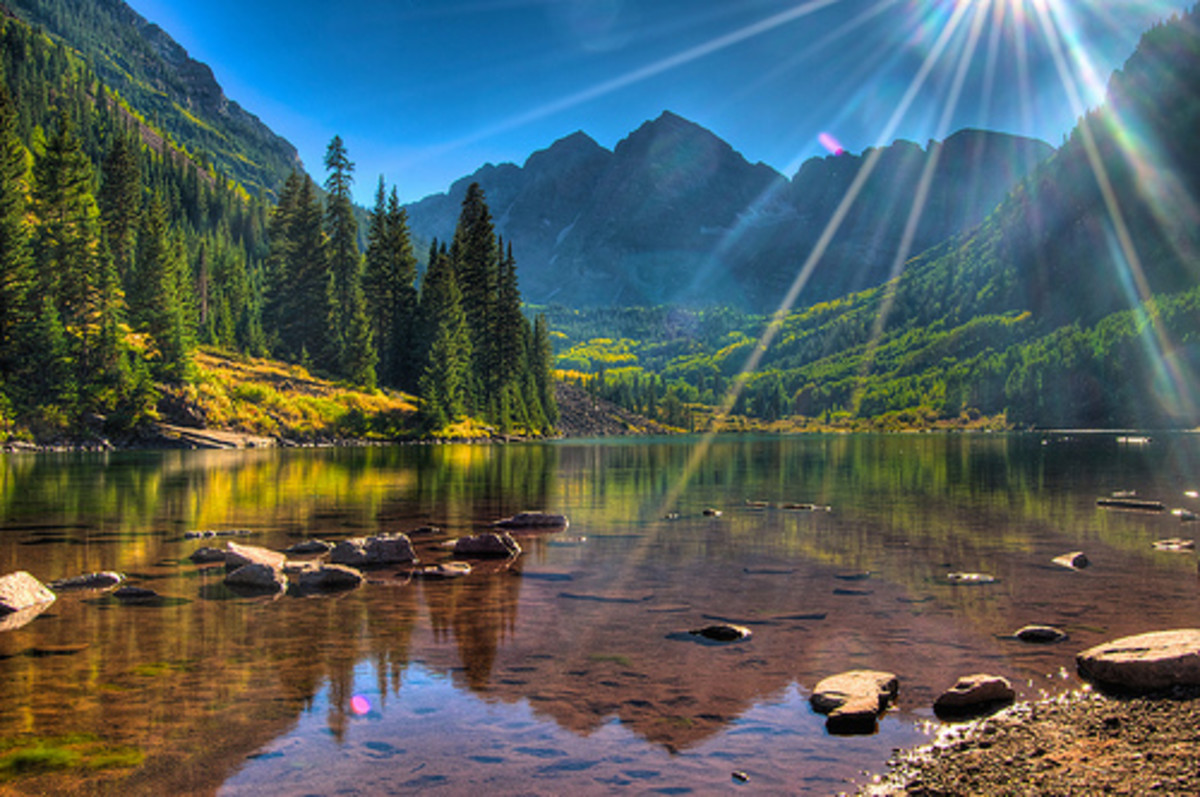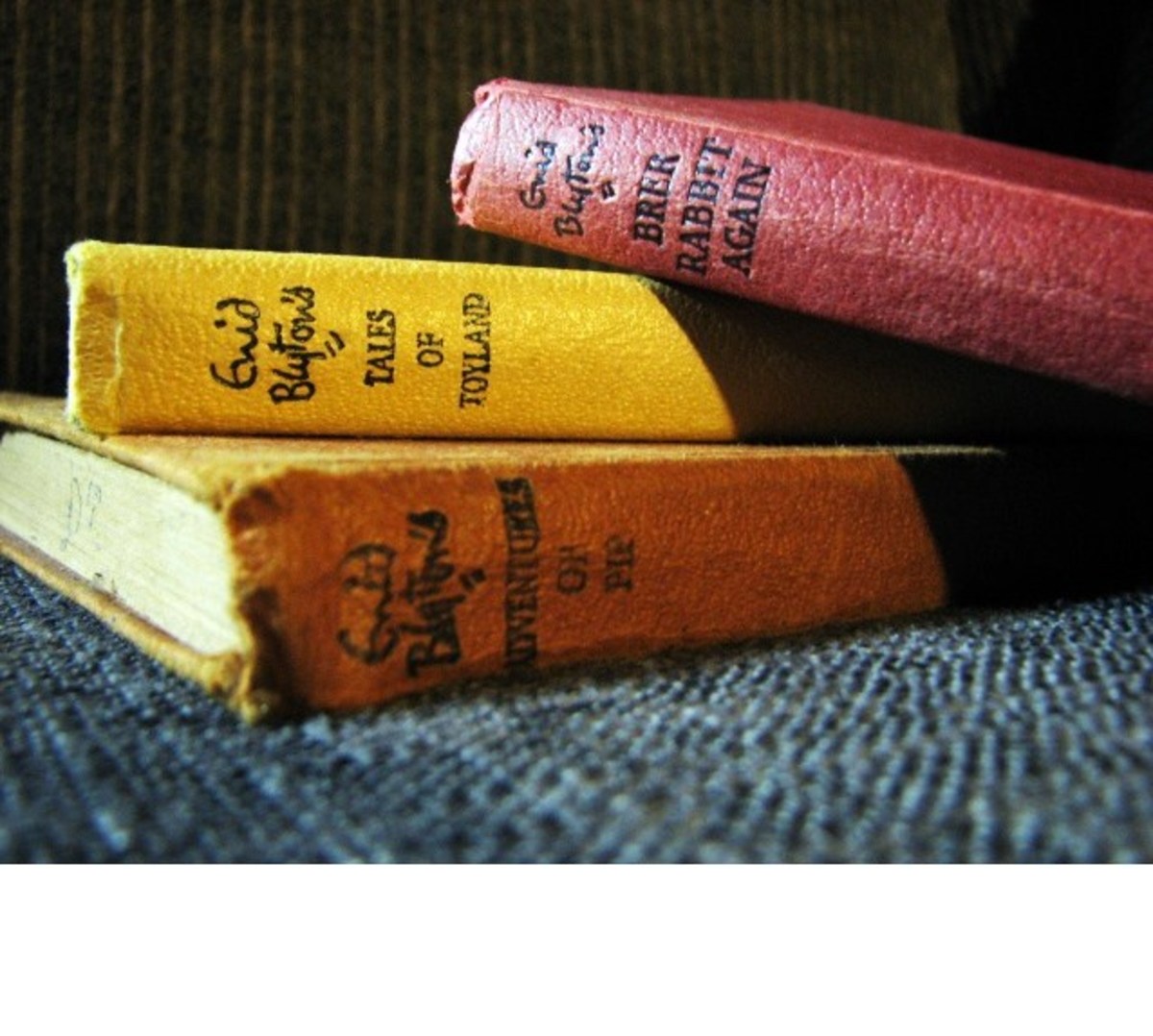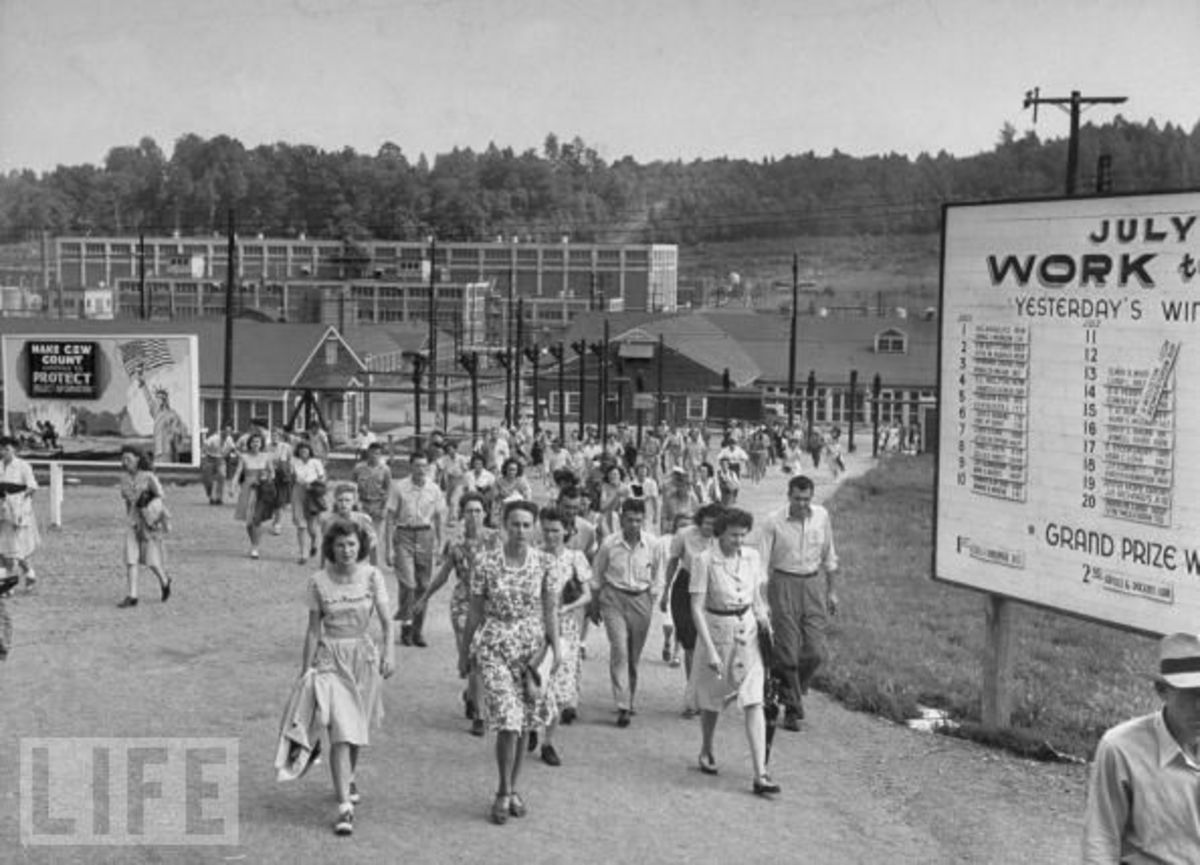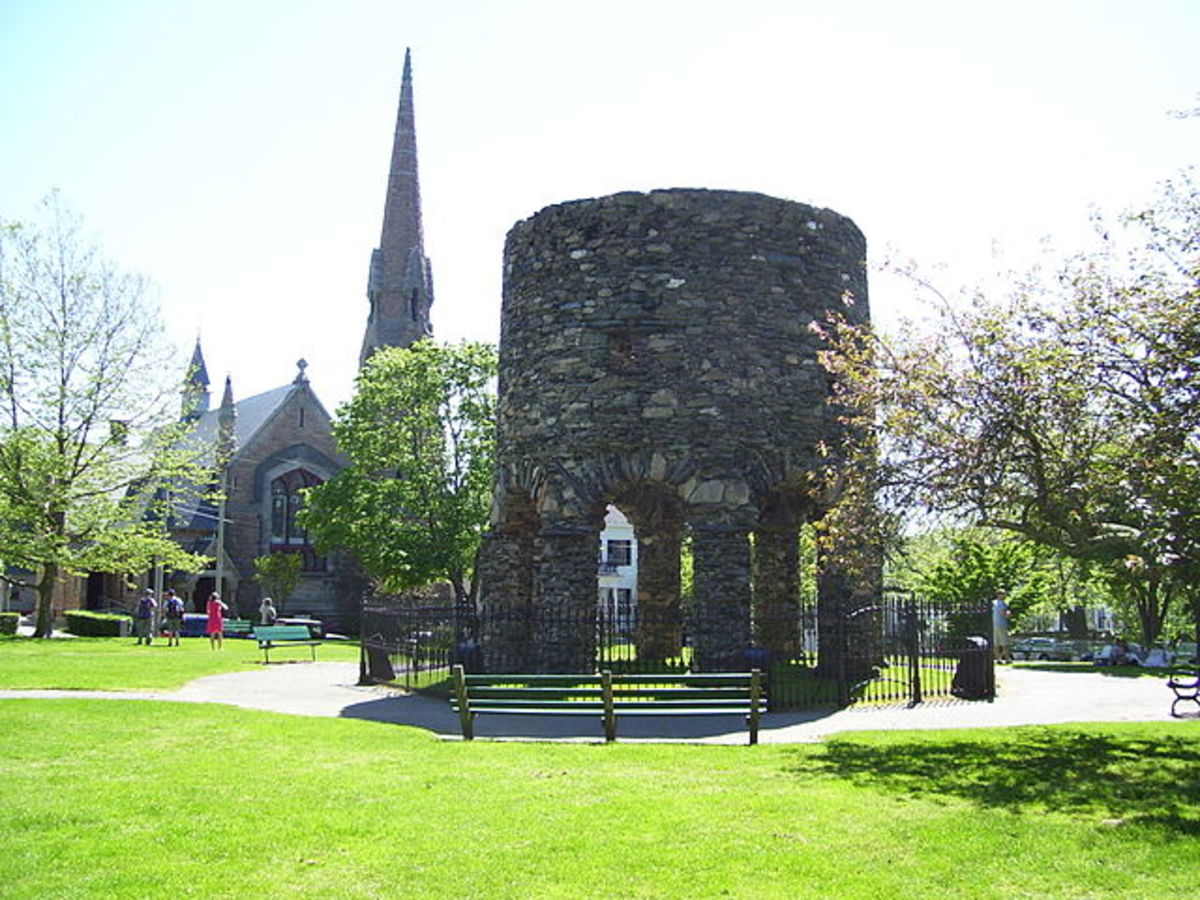- HubPages»
- Education and Science»
- History & Archaeology»
- History of the Americas
A Brief History of the Denver & Rio Grande Western Railroad
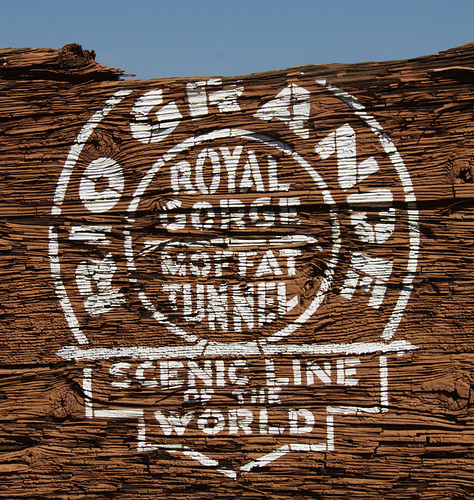
The Denver & Rio Grande Western Railroad has a long and rich history that is inexorably linked to the history of Colorado and to the extraordinary history of great American railroads.
From it's humble beginnings in the late 1800s, the Denver & Rio Grande Railway (D&RG) consisted of a single, three-foot-wide narrow gauge railroad line traveling just a short distance between Denver and Colorado Springs.
At it's peak in 1970, the D&RGWRR (Denver Rio Grande Western Railroad) operated over 3,227 miles of railroad track in Colorado, Utah and New Mexico. The D&RGWRR came to the end of its road in 2009 and passed into history as one of the great railroad history legends to help build and develop the west.
.
The Move Westward Spawns a Railroad Empire
In the latter half of the 19th century, many people living in the eastern part of the U.S. began to seek their fortunes in the untamed and wild western territories. As more and more people settled in the west, the need for transportation grew more apparent.
In 1869, the completion of the transcontinental railroad finally provided a rail linking Atlantic in the east with the Pacific in the west, and bringing a Civil War weary country together at last. Railroads began popping up in every corner of the U.S.
.
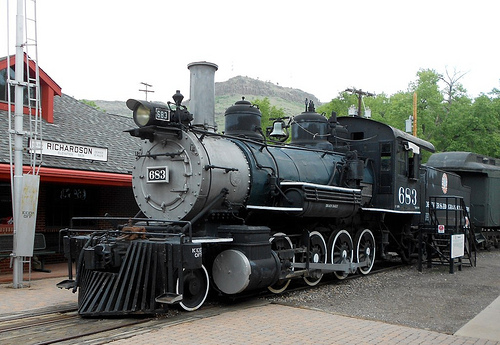
General Palmer Builds the Denver & Rio Grande Railroad
After the completion of the transcontinental railroad, the next obstacle to be conquered was the treacherous Continental Divide in the middle of Colorado. The Divide runs along a crooked line running north and south along the highest points of the Rocky Mountains separating the entire U.S. into lower elevations on the east and west.
On October 27, 1870, the Denver & Rio Grande Railway was incorporated by Civil War General William Jackson Palmer and Dr. William Bell. Their initial plan was to build a rail line from Denver, across the Rio Grande River and on to Mexico City - thus the name, Denver & Rio Grande.
.
The Acquisition of the "Moffat Road" and Conquering of the Continental Divide
In 1870, he Colorado Territory was among some of the most dangerous and rugged terrain to be found anywhere. The first attempts over the Divide were made by the Denver, Northwestern & Pacific Railroad (DNW&P which later reformed into the Denver & Salt Lake Railway or D&SL) at Rollins Pass, an ominous and massive mountain rising more than 12,000 feet above sea level in elevation.
Blinding snow storms and drifts 18 to 25 feet deep were not uncommon in the harsh Colorado winters. At times, snow slides would bury entire trains or push locomotives off the tracks and tumbling down the steep mountainside like toys. To this day, an ancient locomotive rests at the bottom of one of the lakes on that pass.
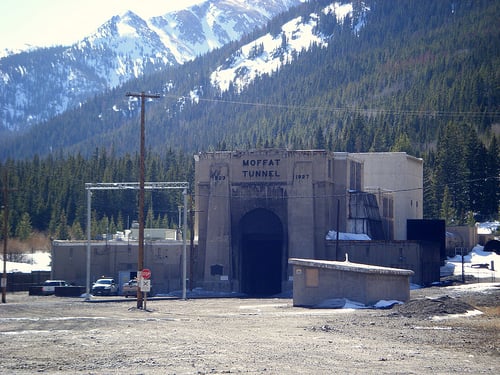
Workers had to continually dig out tunnel cave-ins, rebuild tracks, railroad beds and bridges due to the brutal Colorado winters. The steep 4% grade made it necessary for several helper locomotives to help push trains over the top of the pass. For these reasons, the rail line known as the "Moffat Road" became too costly to operate. It was apparent that an alternate route was needed and fast.
The Moffat Tunnel (Conceptualized by David Moffat) was presented as an alternative route under the Continental Divide. In 1922, the city of Denver funded the tunnel project and construction began on the historic 6.2 mile long railroad tunnel.
Looking for more tracks to expand their operations, the D&RG obtained 40 miles of trackage rights from the D&SL between Denver and the Dotsero cutoff providing a direct transcontinental link from Denver to points east and west. In 1931, the D&RGW bought the D&SL and the Moffat Tunnel became part of the D&RGW empire.
.
Mining and Other Profitable Business for the D&RG
In the early days of the D&RG, mining was big business in Colorado. Mine owners needed railroads to haul thousands of tons of gold, silver and lead ore taken from deep within the remote, almost inaccessible Rocky Mountains. Palmer's plucky little railroad was up to the challenge and focused all of it's efforts on serving the booming mining industry.
The D&RG cut through and laid track in some of the most inhospitable, treacherous terrain on the planet. Through the Royal Gorge, Palmer's little railroad built a line along the bottom with the Arkansas River just a few feet on one side of the rails and steep granite canyon walls rising straight up over 1,250 feet on the other side. All this to bring silver and lead out of mining boom towns like Leadville.
.
One of the Great Engineering Feats in Railroad History
In one of the most amazing feats of railroad engineering ever accomplished, General Palmer built a little rail line between the southwestern Colorado town of Durango and the profitable silver mines around Silverton just 45 miles away. The year was 1881 and there was a tremendous need to get huge amounts of ore from the silver and gold mines in the mountains around Silverton, Colorado to the smelters in Durango.
Before General Palmer built the D&RG rail line, the only way to get out the ore was by stagecoach over dangerous high mountain roads. Not only that, this terrain was difficult at best and almost impassable in the winter.
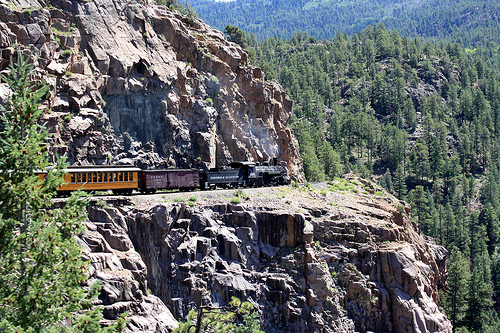
In August of 1881, Palmer had started laying tracks from Durango through the Animas River Valley. In just 11 months, he had blasted through solid rock, pushed up through the unforgiving San Juan mountain range and laid track on cliff ledges just a few feet wide. The narrow gauge trains would run along tracks that literally hung several hundred feet over the river and canyon below.
The railsroad now established and began to provide passenger and freight service between Silverton and Durango. Quite an impressive engineering feat for 1881.
Today, this same line is known as the Durango & Silverton Narrow Gauge Railroad (D&SNG). This historic rail line now operates almost year around pulling railcars filled with excited railroad fans through some of the most beautiful scenery in Colorado. More details regarding tickets and other information about the D&SNG can be found at this link. I have been on this train first as a young kid way back in the 1960s and several times in recent years - I highly recommend it.
.
The Beginning of the End for the Legendary Denver & Rio Grande Western Railroad
Over its long 139 year history, the D&RGW expanded its empire to cover almost all of Colorado, stretch west to Salt Lake CIty and south into New Mexico. Due to its location in and around Colorado's Rocky Mountains, the D&RGW was best known as the "Scenic Route Through the Rockies."
In its heyday between the 1940s and 1960s, the D&RGW owned and operated part of the very popular and profitable California Zephyr - one of the most famous train lines in U.S. history.
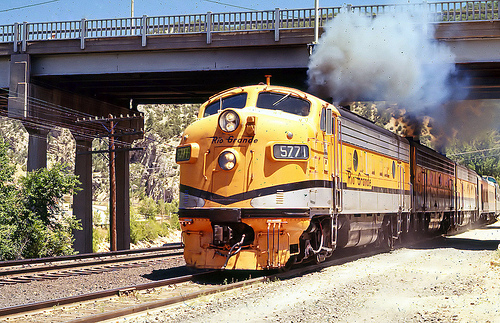
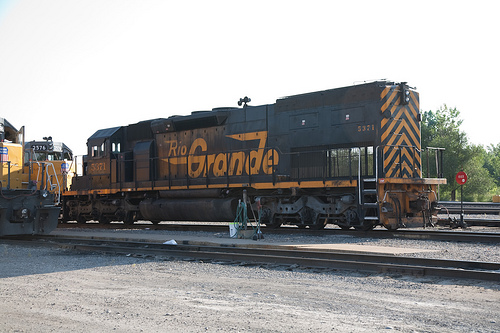
Like a large number of railroads across the U.S. in those years, the D&RGW suffered from a continually shrinking passenger market. The California Zephyr service was discontinued and the railroad company tried to make its way by hauling freight. In 1988, the owner of the D&RGW purchased the Southern Pacific Railroad (SP) because of its profitable freight business.
The new company retained the better known Southern pacific name, thus ending the use of the Denver & Rio Grande Western Railroad name forever. The D&RGW liveries were retained on all of its locomotives for the next eight years.
In 1996, the Union Pacific Railroad (UP) purchased Southern Pacific and the distinctive, familiar black and Aspen gold D&RGW locomotive liveries began to disappear one by one over the next several years as they were repainted. In 2009, the last D&RGW diesel locomotive in the original black and gold livery was sent to be on display at a museum in Ogden, Utah.
The once powerful and mighty Denver & Rio Grande Western Railroad that conquered the Rockies had now officially faded into the western sunset.
.
Links to More Information about the D&RGW
- The Rio Grande Modeling & Historical Society
A membership site/organization dedicated to the the preservation of all things D&RGW. - DRGW.Net | Rio Grande History and Information
An online historical reference for railfans, modellers, historians, and anyone with even a casual interest in the Denver & Rio Grande Western Railroad to learn more about how, where, and why it operated.
________________________________________________________________

